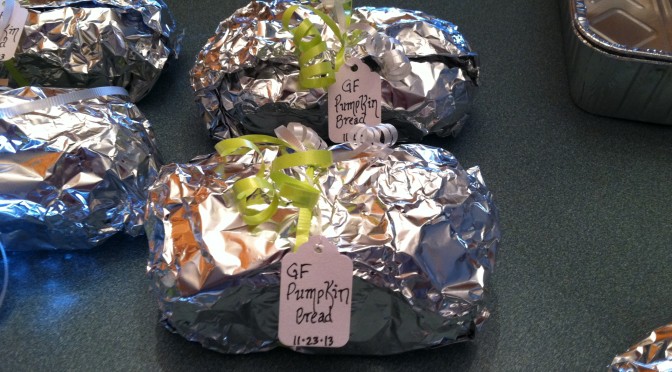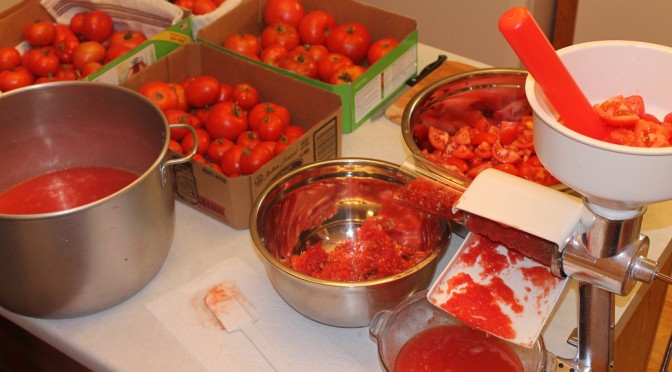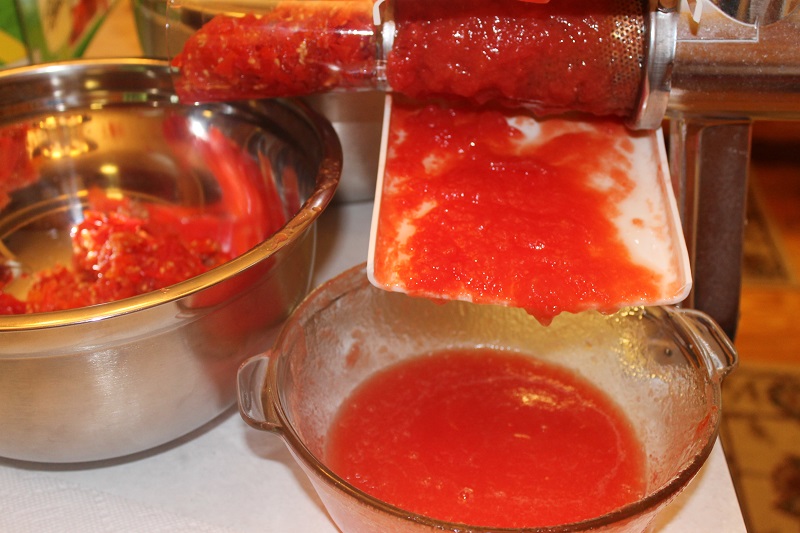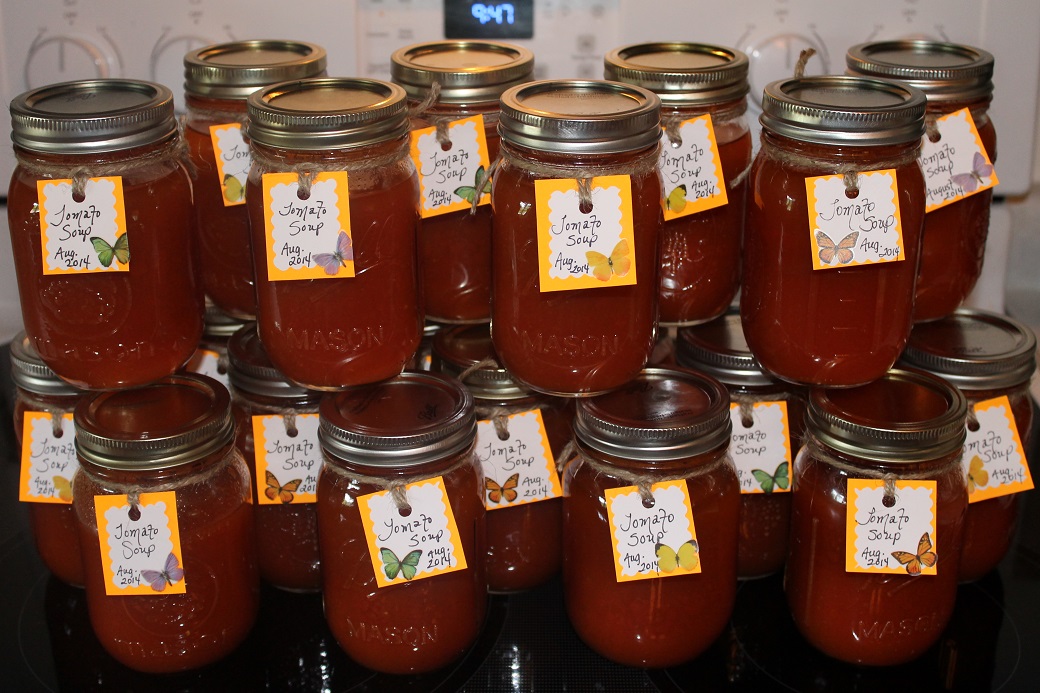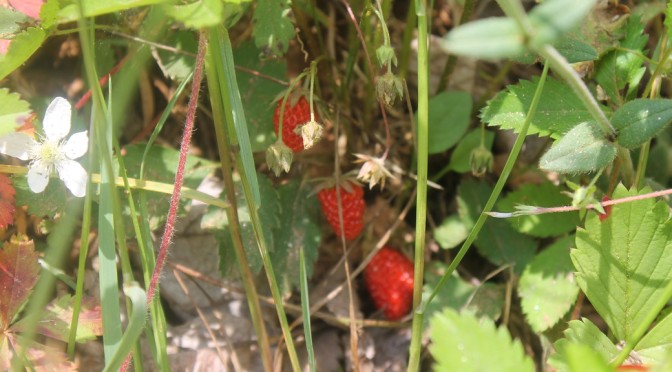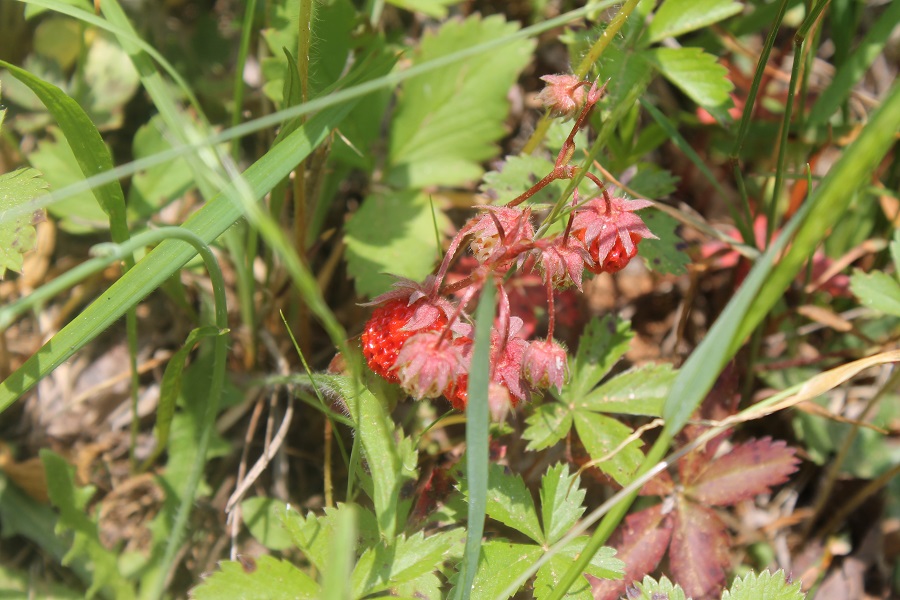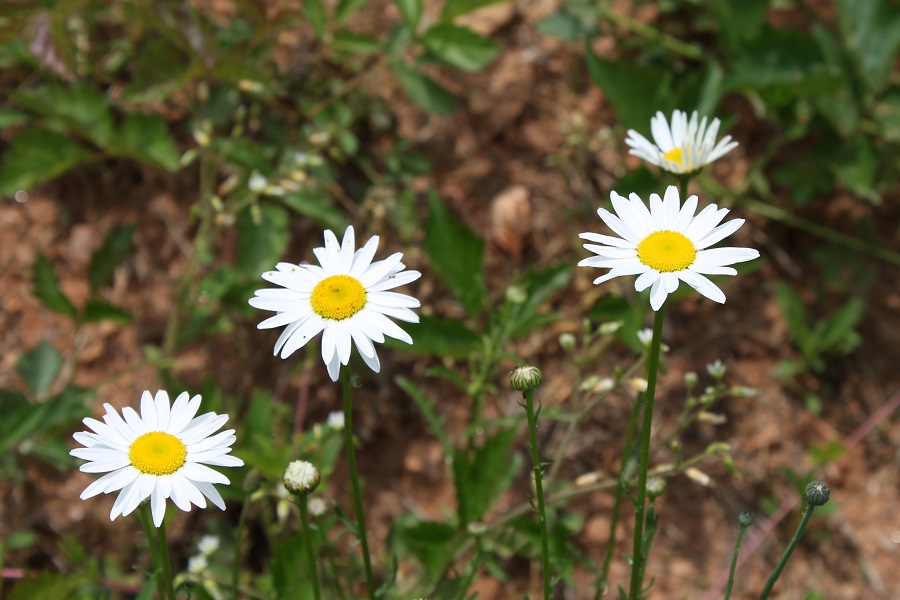From Mrs. Cog's Corner
Gluten is a protein found in wheat, rye and barley. It is becoming increasingly common for people to discover they cannot properly digest and tolerate modern day gluten. The controversy rages between two polarizing extremes of benevolent intentions to better feed the world with hybrid grains versus the anti-GMO, health conscious consumers who claim gluten in this form is poison. More and more studies come out confirming the latter and recently, many doctors have joined the chorus to proclaim gluten is not good.
A few years ago, our teenager returned home from traveling for several weeks complaining of ongoing stomach aches. After observing her for a several days we became increasingly alarmed. When trips to the local doctor, an Urgent Care facility and finally a large prestigious hospital some distance away brought no answers, it was clear the doctors were indeed "practicing" medicine and throwing darts at the board. Many tests, guessed diagnoses, specialists and tears later, we still had no answers.
Finally, out of the mouths of babes... the child herself suggested that since I had several aunts and uncles who'd tested positive for Celiac's that perhaps she was gluten intolerant. Upon removing any and all wheat from her diet, she began to feel better within days. The following week, she felt better than she had felt in a long time.
This began an education for our entire family on multiple levels. Not only did we become informed as to why gluten made our kid sick, but we learned many times gluten intolerance creates symptoms other than digestive problems and we were actually lucky that her belly hurt and that directed us to look at her diet. After further study, it seems modern wheat poses multiple health risks and problems for most people whether or not the connection is ever made to gluten in the diet.
But we learned other valuable lessons too. Many people do not believe that she HAS a "gluten sensitivity" because the experts cannot prove it so with a test. Only one out of fifteen people who have a gluten sensitivity actually test positive for Celiac's disease (if the doctor even thinks to run that test). In most cases, there is no test other than to stop consuming it and watch the results. It was yet another alarming wake up call showing the dependence upon authorities to tell people what to think instead of thinking for ourselves.
Here is some of the most relevant information I found about gluten in our diets. Whether or not you have identified this as a problem, or just want to keep your body in the healthiest possible state, more doctors are sounding the alarm that modern wheat is like a poison because in it's genetically modified state, our bodies recognize it as a foreign invader.
Read more:
Those people are often told it's all in their heads after testing shows up negative. But traditional gluten intolerance blood testing looks for only one of six polypeptides in wheat, gliadin. There are five others: wheat germ agglutinin, glteomorphin, gltueinin, prodynorphin, and omega gliadin. Any one or a combination of these five can cause anyone to have reactions to wheat. Read more: Six signs you may have gluten sensitivity and not know it.
Either you have celiac disease, in which case even a small amount of gluten will send you running to the bathroom in three seconds flat, or you don't, and you can chug down beer and bagels without fear. This "all-or-nothing" view has led to some doctors telling patients that suspect they're sensitive to gluten but test negative for CD that they're simply imagining an affliction that doesn't exist. It turns out those doctors are wrong. http://www.huffingtonpost.com/chris-kresser/gluten-intolerance_b_2964812.html
How do you recognize the symptoms of gluten intolerance? Research indicates that sensitivity to gluten, whether mild forms of gluten intolerance or the more serious celiac disease, affects approximately 15% of the U.S. population. Are you one of these people? http://glutenfreenetwork.com/symptoms-treatments/gluten-intolerance-symptoms-how-do-you-know-if-gluten-is-making-you-sick/
The idea that gluten and carbohydrates are at the root of Alzheimer's disease, anxiety, depression, and ADHD has now reached millions of people. It is the basis of a number-one bestseller written by a respected physician. What is it worth? http://www.theatlantic.com/health/archive/2013/12/this-is-your-brain-on-gluten/282550/
It raises a crucial question: Just why is wheat such a ubiquitous ingredient in so many foods, from ice cream to French fries? That’s easy: Because it tastes good and it stimulates appetite. You want more wheat, you want more of everything else to the tune of 400 or more calories per day. More calories, more food, more revenue for Big Food. Wheat is not in cucumbers, green peppers, salmon, or walnuts. But it’s in over 90% of the foods on supermarket shelves, all there to stimulate your appetite center to consume more . . . and more and more. http://www.wheatbellyblog.com/2011/07/wheat-belly-frequently-asked-questions/
To find out if ANY food is gluten free: http://www.gfoverflow.
And about the NEWEST GMO wheat?: Experts warned that eating the wheat could lead to significant changes in the way glucose and carbohydrates are stored in the human body, which could be potentially deadly for children and lead to serious illness in adults. http://articles.mercola.com/sites/articles/archive/2013/04/23/gm-wheat.aspx
As usual, corporate interests are taking advantage of a problem that was created by…you guessed it…corporate interests – back when they toyed around with wheat and irrevocably changed it to the toxin being sold today. Now they are “solving” the problem by charging quadruple for processed items that don’t contain government subsidized wheat, and they are taking advantage of people who’ve become ill from eating their previous incarnations of processed foods. http://www.theorganicprepper.ca/how-to-go-gluten-free-without-contributing-to-the-billion-dollar-big-food-rip-off-02222014
Please continue reading and let us know your thoughts, tips and recipes.
